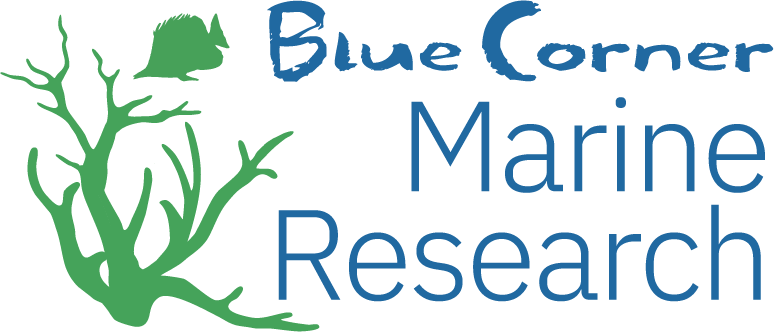Restoration Ecology
When restoring an ecosystem such as a coral reef we need to carefully look at what parts of the system we are able to reassemble in order to assist nature recover. Any attempt to restore a coral reef ecosystem needs specifically defined steps towards recovery. In order to determine if a coral reef has been successfully restored, aims must be set for target endpoints measureable by some means of indicator.
Recovery Trajectory: The changes in physical and biological aspects of the environment from its degraded state towards a healthy state is referred to as the recovery trajectory.
The primary aim of restoration is to improve the degraded reef in terms of ecosystem structure and function. Ecosystem structure is the physical or abiotic features of the reef - such as topographical complexity, heterogeneity of habitat, and water quality parameters. Ecosystem function is the biotic features of living organisms of the system and their complex relationships.
In a healthy reef system with good resilience, a small impact will recover naturally to its pre-disturbance state along a recovery trajectory (which is the successional populations of organisms settling into the site and their relative abundances). Active restoration aims to mimic this and assist natural processes. We are assisting the reef along a recovery trajectory towards a defined healthy state.
The goal of our restoration site in Nusa Penida is to take the site from its current state almost completely denuded of living coral and structure into a healthy state of high coral cover and diversity with multiple functional aspects of the ecosystem. In order to do this we must recreate the topographical structure of the reef to provide habitat, and stabilize the rubble and erosional aspects of the site. The next step is to re-establish the primary habitat forming organisms in an attempt to attract key marine species and re-instate the fundamental roles of the ecosystem.


